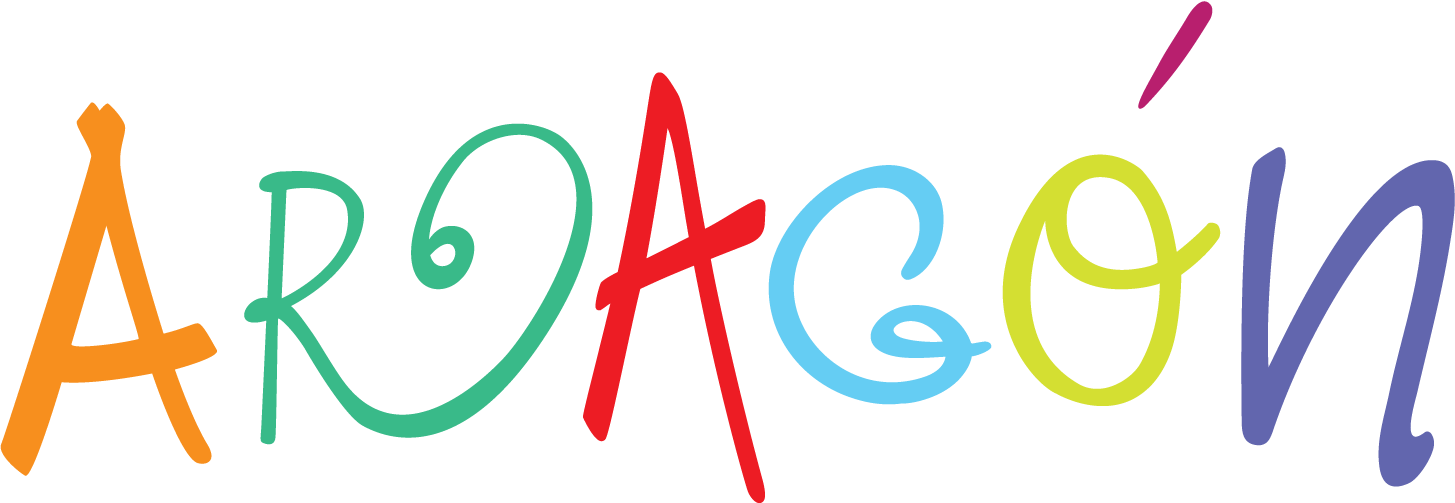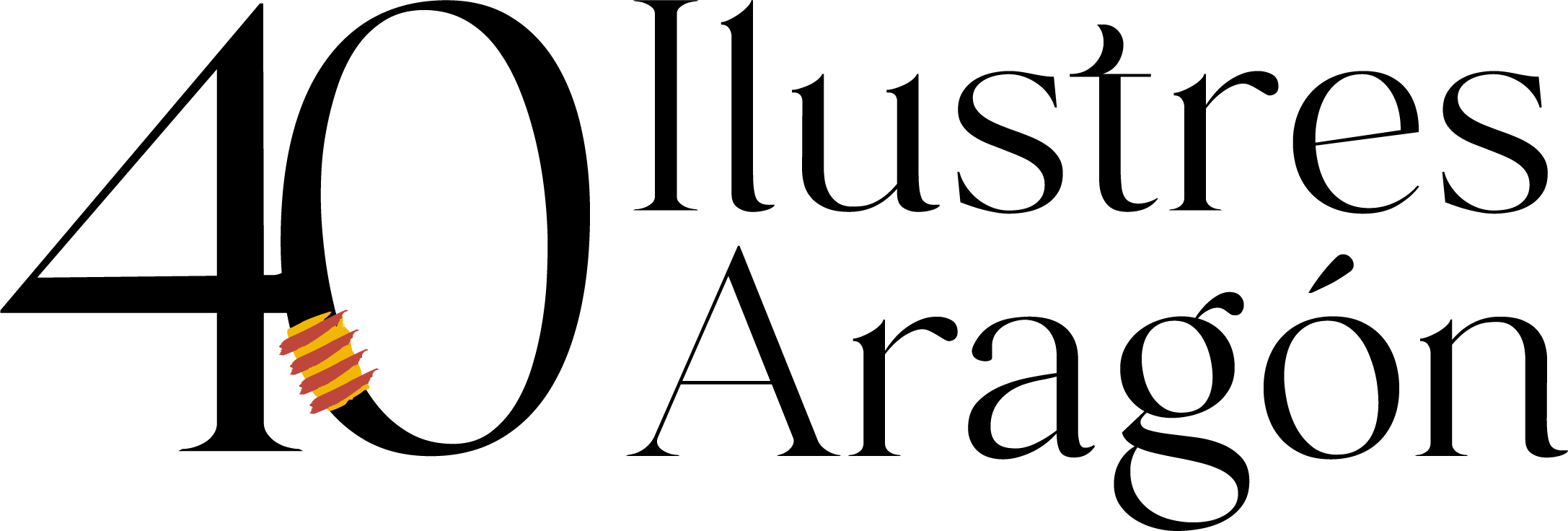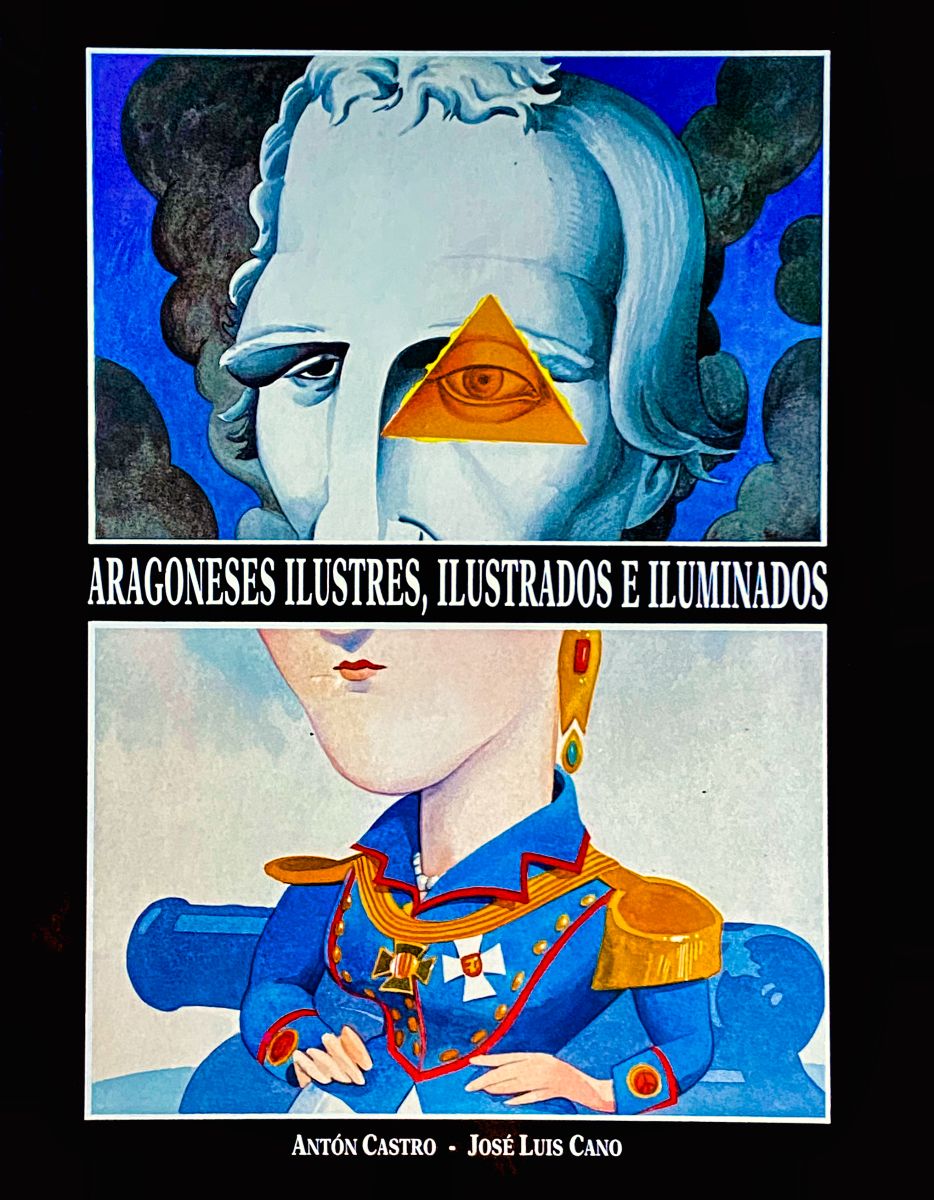Pablo Gargallo
The genius of the classical and innovative artist
Maella, 1881 – Reus, 1934
The son of Mariano and Petra, the eldest of four siblings, when Pablo was seven years old, he left with his family for Barcelona. His father, a farmer who in Maella had driven passenger coaches such as the Caspe-Maella stagecoach, became a fireman in Barcelona. Shy and with a beautiful voice, little Pablo took part in choirs in plays performed at the Liceo while he was studying at the La Galera school. He had already shown remarkable skills as a draughtsman and, after a few months practising pottery, at the age of fourteen, he joined the workshop of the sculptor Eusebi Arnau as an unpaid apprentice, where he was able to experiment with stone carving, modelling clay and plaster, working with bronze, polishing stained glass…
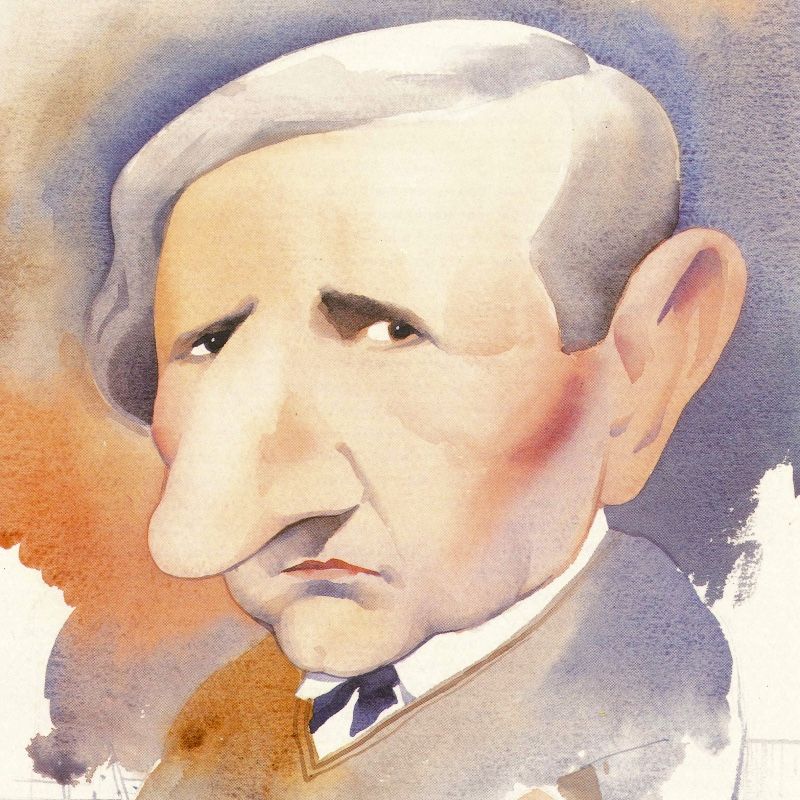
Life
Around 1900 he became a regular at the café Els Quatre Gats, which was a meeting place for avant-garde artists. He met the modernists Isidre Nonell, Ramón Casas and Santiago Rusiñol and became friends with a promising artist of his own age: Pablo Picasso. With him he shared creative ideas and bohemian nights. While perfecting his skills at the Escuela de la Lonja, Gargallo began to make a name for himself by taking part in group exhibitions, with works such as a highly praised Cleopatra in marble, and won a scholarship from the Academy of Fine Arts to study in Paris. He had to postpone the trip because of his father’s death, but in the French capital, in the Bateau-Lavoir colony (in the Montmartre district), he alternated with Impressionist painters and poets and became acquainted with the emphatic, classical work of the great Auguste Rodin.
Back in Barcelona, with his own workshop, he began to make a name for himself as an artisan sculptor, working as a medallist and in monumental and mural sculpture, within the aesthetics of modernism. He took part in the decoration of porticoes and façades of such emblematic buildings as the Hospital de Sant Pau and the Palau de la Música Catalana (with the architect Lluís Domènech i Montaner, who was responsible for this project, he collaborated on several projects). During these years of intense work, with a multitude of commissions and exhibitions, his health began to show signs of frailty.
Work
In 1912 he returns to Paris, immerses himself in cubism, lives with Picasso, the sculptor Manolo Hugué, the painter Juan Gris, the musician from Mequinenza José Soler Casabón and the writer Max Jacob; he establishes a relationship with the art critic and theoretician Maurice Raynal and the painter Modigliani, and meets his lifelong companion: Magali Tartanson. His works in sheet metal begin to sell, but after the outbreak of the European War (he tries to enlist in the French army without success), he returns to Barcelona. Between financial problems and sporadic trips with his wife to his native Maella, he accepted new commissions and took part in more exhibitions. In 1919 he presented his work for the first time in Aragon: it was in the Lonja of Saragossa, at the Hispano-French Fine Arts Exhibition in Saragossa.
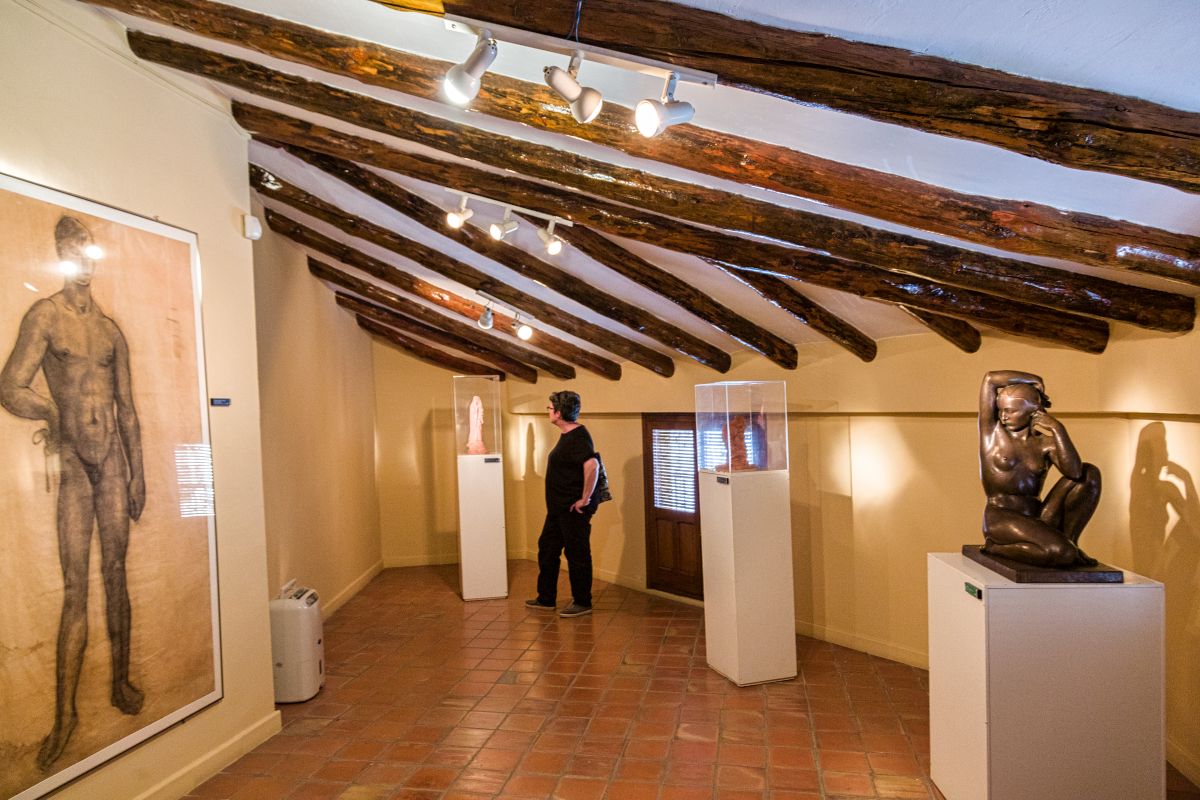
In París
From 1920 he taught sculpture and embossing at the Escuela Técnica de Artes y Oficios de la Mancomunitat and the following year he had a special room at the Barcelona Art Exhibition. In 1922 his daughter Pierrette was born and he triumphed at the Salon d’Automne in Paris, where he became a regular. He settled permanently in the city on the Seine, to which he had always been attracted, especially after Primo de Rivera’s dictatorship removed him from his teaching posts.
The financial difficulties following his departure for Paris, always at the mercy of his precarious health and weak lungs, were followed by more work, including commissions from Barcelona (from the City Council and the organisers of the International Exhibition of 1929). His great creations in cut-out sheet metal (preserved thanks to the cardboard patterns he made) began to stand out: Maternity, Harlequin on the mandolin and the bronze mask of Kiki de Montparnasse, among many others.
From 1929 onwards he made more decisive use of iron, first in cut sheet metal and then in plate, creating sculptures as significant as The Prophet and Uranus, which established him as the great master of uncast metal sculpture. In these works Gargallo did not renounce the classicism in which he was trained, but he was revolutionary in replacing massive structures and rotund forms with emptiness and hollowness, with spatial lightness. El profeta (The Prophet, 1933), a sculpture that combines volume and emptiness, cubist theory with a singular and energetic expressionism, seeking technical perfection, is surely his greatest work.
He also took part in exhibitions outside Spain and France: Stockholm, Berlin… and New York, where (in what was to be his international breakthrough) he exhibited with great success during the first months of 1934. At the end of that year he exhibited in Barcelona and Reus, where a tribute and exhibition were also prepared for him. It was in the Tarragona city of Reus, at the Hotel Londres, that a sudden bout of bronchopneumonia left him dead. The hard-working, serious man, with a withdrawn air that concealed a singular kindness and an honest, generous spirit, not given to fuss and grandeur… on 28 December 1934 he gave way to the immortal artist.
References
- Antón Castro (1993): “Pablo Gargallo. La profecía del vacío”, en Aragoneses ilustres, ilustrados e iluminados (174-179). Zaragoza: Gobierno de Aragón.
- Carlos Mas Arrondo (2021): Pablo Gargallo. La luz habitada. Zaragoza: Prensas Universitarias.
- Spanish Biographical Dictionary, Real Academia de Historia: https://dbe.rah.es/biografias/10479/pablo-gargallo-catalan
- Very complete and documented biography on the website of the Pablo Gargallo Museum.: https://www.zaragoza.es/sede/servicio/equipamiento/2174
Teaching activities
Traces of Gargallo’s childhood
In the town of Maella, where the sculptor spent his first seven years (and where he would return from time to time) you can visit his birthplace, restored as a museum, with some of his works and material about his life and work. Maella, presided over by the remains of its ancient castle, has other points of interest (the churches, the Clock Tower…), which are well worth a visit.
Eight works by Gargallo
Look up the title of each of these works. You can help yourself in different resources such as these:
Prophet in his own land, after death
For most of his life Pablo Gargallo moved between Paris and Barcelona. He had little contact with Aragon: we know of his brief stays in his native Maella and his participation in exhibitions in Saragossa, but he was not sufficiently well known among his fellow Aragonese. For example, his death was not widely reported in the Aragonese press, but the following year the journalist José García Mercadal stressed the advisability of acquiring his work for the Saragossa Provincial Museum. Twenty years later, the professor and collector José Camón Aznar insisted on the subject, and the Institución Fernando el Católico organised a tribute to him in Maella in 1962. Ten years later, an exhibition was held in Saragossa and, finally, a version of the Great Prophet was acquired.
Coinciding with the centenary of his birth in 1981, a comprehensive exhibition at the Lonja in Saragossa was the gateway to the founding contract of a museum whose funds came from acquisitions and a very generous donation by the sculptor’s daughter, Pierrette Gargallo-Anguera. The Museum was installed in the Renaissance palace of the Torrero family in the Plaza de San Felipe and was inaugurated in July 1985. The Museum displays a permanent collection by Gargallo and also hosts temporary exhibitions and other cultural activities.
What is the structure of its contents? There is a biography of the sculptor divided by periods. Highlight one fact from each of them that catches your attention.
Classical or avant-garde?
Gargallo’s training and professional development make him a classical sculptor: learning the techniques and resources of the craft, the knowledge he acquired with tenacity and his perfectionism support this more classical idea. But his curiosity led him to retain elements of symbolism and modernism in an evolution that took him a little further. He took part in the Paris school but did not join avant-garde groups. He is not an avant-gardist in the strict sense of the term, but he does participate in an undoubtedly innovative tradition that has driven the evolution of art throughout the ages.
He researches and looks for the meaning of these artistic styles and trends among which Pablo Gargallo moved:
Symbolism – Modernism – Novecentism (noucentisme) – Cubism – Expresionism
Pablo Gargallo was in contact with important avant-garde artists in Paris. He was great friends with some of them. We show you the works that four of them produced during the period when they coincided there with our sculptor. Research and identify each artist and his creation.
- Juan Gris a- Mujer sentada
- Pablo Picasso b- Desnudo en jardín
- Manolo Hugué c- Guitarra
- Amedeo Modigliani d- Fumador
Solutions: 1-d; 2-c; 3-a; 4-b
What’s new in Pablo Gargallo
In sculpture, subtraction has always been very common (removing what is left over from stone, wood or another material until the desired shape is achieved), but Pablo Gargallo explores another less frequent operation: addition; that is, adding, building with cut, twisted and crimped metal plates, playing with the concave and the convex and with the void between the pieces as another constructive element: light and reflections, shadows, enrich this volume.
Today’s sculpture owes much to this step taken by Gargallo, the author of classical pieces with a cubist mentality. This explains why, despite not achieving some of his goals during his lifetime (for example, he was unable to obtain funding to turn the Great Prophet into bronze, which remained, like other works, in the plaster model), he was internationally recognised, especially among collectors, dealers, critics and specialists. After his death, solo and group exhibitions were organised and he never ceased to hold an important position in the history of sculpture.
Pablo Gargallo influenced contemporary or somewhat later sculptors, such as Julio González, Henry Moore, David Smith and Martín Chirino. From the information you can find on each of these four sculptors, relate them to their place of birth.
- Julio González a- Canary Islands
- Henry Moore b- Illinois, United States
- David Smith c- England
- Martín Chirino d- Catalonia
Solutions: 1-d; 2-c; 3-b; 4-a
Illustrious, enlightened and enlightened Aragonese people
Download from this link the PDF of the publication Illustrious, enlightened and enlightened Aragonese people, by Antón Castro and José Luis Cano, published by the Government of Aragón in 1993.

DIRECCIÓN GENERAL DE POLÍTICA LINGÜÍSTICA
Departamento de Educación, Cultura y Deporte
Parque Empresarial Dinamiza (Recinto Expo)
Avenida de Ranillas, 5D - 2ª planta
50018 Zaragoza
Tfno: 976 71 54 65
Colabora:

